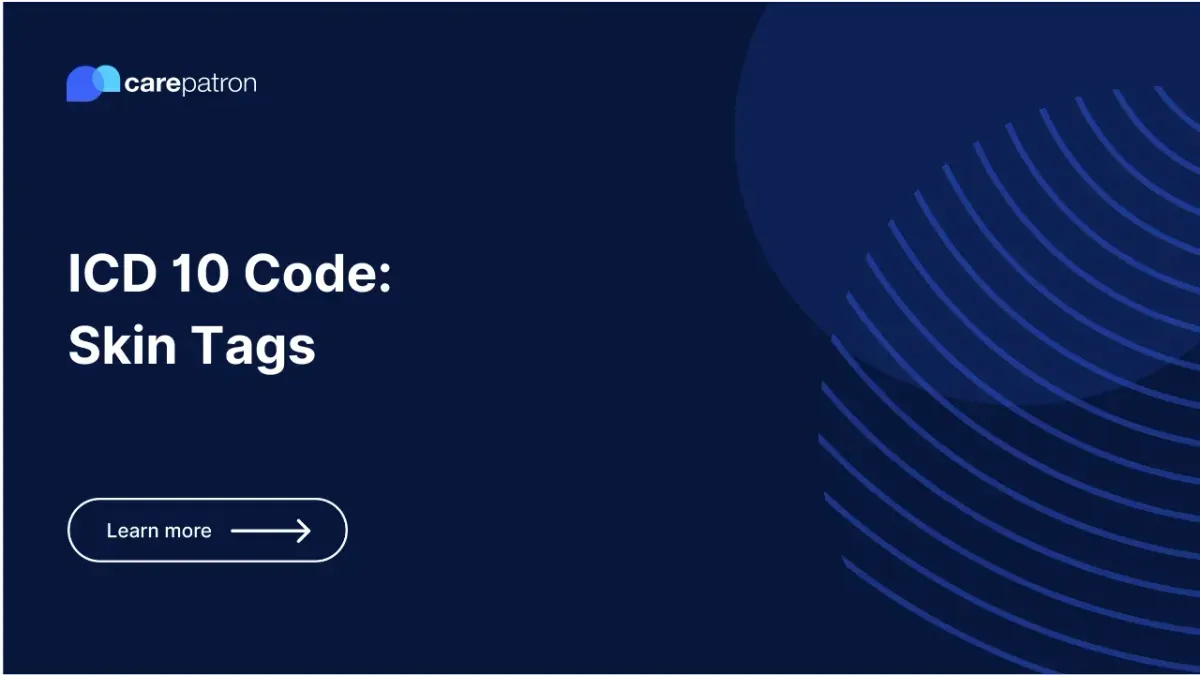
Skin Tags ICD-10-CM Codes
Learn the correct ICD-10-CM codes for skin tags. Ensure accurate medical coding with up-to-date guidelines and simplified classification.
Use Code
Commonly asked questions
Insurance may cover skin tag removal if healthcare providers document medical necessity (pain, irritation, or bleeding) using the correct ICD-10 codes.
No, only qualified medical professionals should diagnose skin tags and select appropriate ICD-10 codes to ensure accurate coding and billing.
Ensure proper coding by proper documentation in medical records, clearly differentiating skin tags from other skin conditions, and using correct billable ICD-10-CM codes.
EHR and practice management software
Get started for free
*No credit card required
Free
$0/usd
Unlimited clients
Telehealth
1GB of storage
Client portal text
Automated billing and online payments
